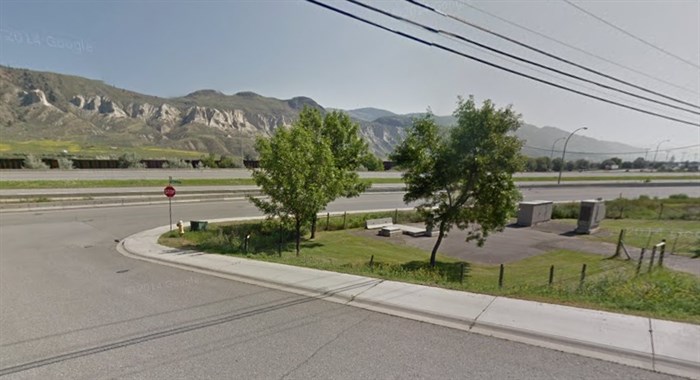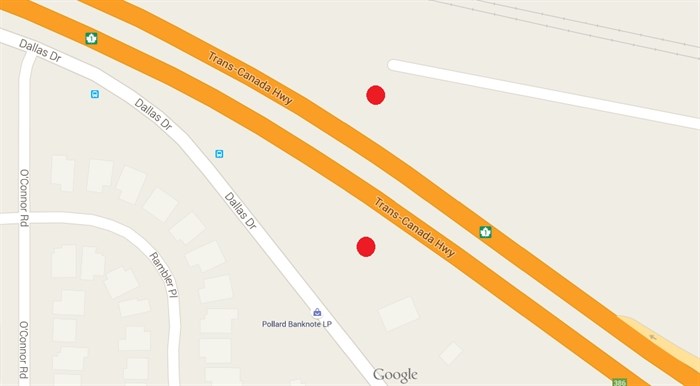
Two Olympic-sized swimming pools of untreated sewage was spilled into the South Thompson River September, 2014.
(JENNIFER STAHN / iNFOnews.ca)
August 12, 2015 - 6:30 PM
KAMLOOPS – On Sept. 16, 2014, the City of Kamloops spilled roughly two Olympic-sized swimming pools worth of untreated sewage into the South Thompson River. The public was not aware of this until May 12, 2015.
The city announced it had participated in a Community Environmental Justice Forum conducted by the Ministry of the Environment; a kind of non-public hearing. It agreed to pay $20,000, not necessarily as a fine, but to improve the fish habitat on Tranquille River and spend $8,000 to upgrade alarms at sewer stations.
Through information obtained from a Freedom of Information Request, InfoNews.ca has learned five employees were disciplined; one was fired. In an attempt to clarify the incident and demonstrate exactly the level of negligence, the following is a breakdown of events that led to the sewage spill.

The O'Connor lift station on the corner of O'Connor Road and Dallas Drive where the valve was first shut off, causing the sewage spill. The station is just south of the Trans Canada Highway.
Image Credit: Google Maps Streetview
On Sept. 16, 2014, a city employee turns off the sewage pump at the O’Connor lift station, on O’Connor Road, thinking it was a water pump. The water pumps are used for irrigation purposes and were being turned off for the winter.
A lift station is a stop off for sewage before it moves to the treatment plant. Each station consists of two pumps; one that fills with sewage and one that fills with water. When the sewage pump is filled, the water pump flushes it out.
With the valve closed, the sewage at the O’Connor lift station couldn’t be flushed to the next station. It backed-up and exited out a manhole across the highway from O’Connor Road.
There the waste water pooled on both sides of the Trans-Canada highway and a portion of it seeped through the ground into the river.
The houses in the Dallas neighbourhood by O’Connor Road don’t have basements. If they did, the sewage likely would have backed-up into homes within hours of the pump being turned off.

The red dots indicate approximately where the sewage spilled onto both sides of the Trans-Canada highway.
Image Credit: Google Maps
The pump at O’Connor was turned off for 13 days. In that time, no one noticed sewage collecting on both sides of the highway. This is remarkable for two reasons:
- City employees are required to physically check each of the over 200 lift stations in Kamloops. One visit is mandated every seven days. There is a checklist to fill out on each visit.
- City employees are required to check each lift station electronically every day. The computer system at the Public Works building on Concordia Way resembles a heart monitor. Lines moving up and down represent a healthy system while flat lines indicate major trouble.
Public Works has said that the department was understaffed at this time, with two of the four regular employees who manage lift stations on vacation.

The Nina lift station on Nina Place. The red circle indicates the correct sewage drain, the green circle indicates the incorrect storm water drain.
Image Credit: Google Maps Streetview
When the spill was finally caught, further errors made problems worse.
The sewage water was collected from both sides of the Trans-Canada highway and loaded on to a city truck.
The truck driver's instructions were to bring the sewage to the Nina lift station – a short distance west of O’Connor – and dump it down the sewage drain.
The driver poured the sewage down the wrong manhole. It ended up in a storm drain and flowed into the South Thompson River.
The two drains are located just steps from each other. The sewage drain is off the road inside the Nina lift station and the storm drain is located on Nina Place.
The driver did not consult his computer before dumping the sewage. The computer is essentially a colour-coded map indicating which manholes correspond to which drain. Red lines are sewage drains, green lines are storm drains and blue lines are water.
To contact a reporter for this story, email Dana Reynolds at dreynolds@infonews.ca or call 250-819-6089. To contact an editor, email mjones@infonews.ca or call 250-718-2724.
News from © iNFOnews, 2015